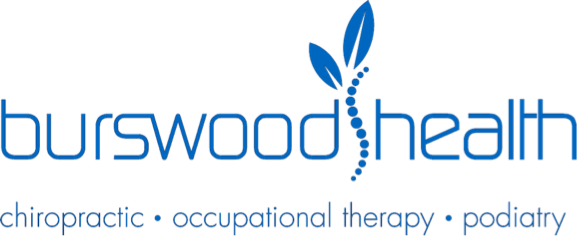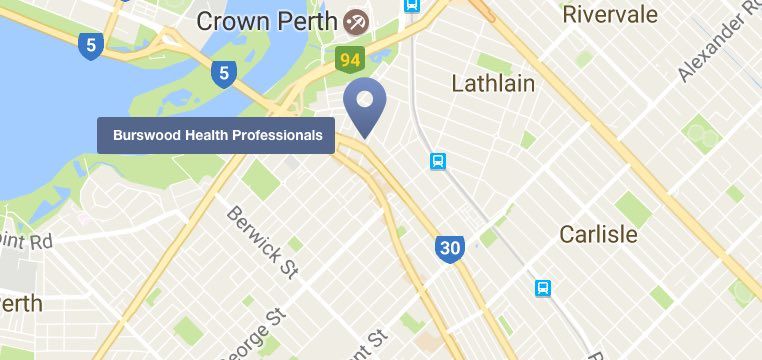Exercises and Stretches
Soft tissue injuries are becoming more common in today’s society. This is not because we are exercising more, in fact, it’s because we are becoming more and more sedentary. As a result, stretching our muscles correctly is more important than ever. Stretching can have a number of benefits for our health and overall function. Correct stretching regimes can improve our posture, increase range of motion and flexibility, improve circulation as well as decrease stress.

Understanding your body
When we move, our muscles are required to contract. When a muscle contracts, the muscle length shortens. After contraction, our muscle length should return to normal. However, when a muscle contracts repetitively, it can be left in a shorten state. Without stretching, these muscles won’t return to their original length. Many activities of daily living require repetitive movements. Whether its bending, pushing, pulling, twisting or lifting, our muscles are required to repetitively contract. Without proper stretching afterwards, our muscles can become tight or “stiff”. Tight muscles can lead to pain, increase our chance of injury and stop us from engaging in our everyday activities. When patients keep in mind the long-term benefits of the exercises and stretches activities prescribed by their practitioner, their success and satisfaction with treatment will be far greater.
- Stronger muscles
- Healthier heart and lungs
- Sharper athletic skills
- Weight loss and maintenance
The effects
Stretching is ideal when trying to build muscle strength and flexibility, control weight, or improve the health of the cardiovascular system, stretching is just as crucial as actually doing the exercise. Benefits include:
- Improved range of motion in the joints
- Decreased risk of injury
- Better athletic performance
Generally speaking, it’s advisable to stretch after exercising, rather than before. Since aerobic and strength training naturally causes muscles to contract, a post-exercise stretch can bring them back to a relaxed state, improving range of motion in the joints and increasing circulation. Therefore, exercises and stretches go hand in hand.
How to recognise
Our occupational therapists are experts with identifying muscle imbalances throughout the body. When tight muscle groups are identified, the OT can use a number of stretching techniques to reduce the tension. Techniques may include soft tissue therapy, trigger point release and passive stretching which involves a hands-on approach from the OT. They may also create a stretching program that will be tailored to individual needs. These programs may be conducted initially in clinic with the OT’s supervision and eventually become a take home program with a check in session every so often.
Stretching should always be done gently, and pain should never be involved. A stretch of around thirty seconds, being careful not to bounce, and remembering to breathe, is ideal. An exercise regimen prescribed by an occupational therapist will be structured to achieve patient improvement in strength, flexibility, balance, and/or aerobic capacity.
Other Pain You Might Feel
Muscle Pain
Experiencing pain in your muscles? Read more about how to treat your muscle pain.
Strength Training
An occupational therapist can help to improve a patient’s upper-body muscle strength through various exercises and stretches. Ball tossing is one way a therapist will work on upper body strength and range of motion. To increase basic strength, a lightweight ball, such as a beach ball, is used to begin with. Later on, a therapist will add a heavier ball or weighted cuffs to increase demand on the muscles. While in the initial stages of recovery, patients may experience muscle fatigue after doing simple tasks such as placing pegs in holes. Endurance is increased gradually by performing these tasks for longer periods of time.
Flexibility
Regaining flexibility is a crucial part of post-injury recovery. Becoming more flexible helps strengthen and hydrate connective tissue, and increases the range of motion. This permits patients to do more advanced therapeutic exercises and stretches, decreasing the time needed to achieve optimal results.

Balance
Impaired balance is almost always seen after a stroke. Helping the patient recover stability of balance while sitting and standing is the focus of therapy. Balance training helps the patient re-learn to perform functional activities that require the coordination of arms and legs, without falling, stumbling or feeling shaky.
Exercises and stretches as part of a treatment plan
Our OTs find using a hands-on stretching approach initially very beneficial. If a muscle is extremely tight, a self-stretch may sometimes not be enough to see improvement and “forcing” a stretch may lead to further injury. However, following a few sessions of soft tissue therapy and passive stretching, benefits of self-stretching will increase dramatically. The in clinic stretching sessions are also of significant value to ensure correct technique and posture is being used. If a stretch is performed incorrectly, improvement will be minimised.
Improving muscle imbalances with our stretching programs will benefit overall health and function, reduce pain as well as increase participation in all activities of daily living. It is very important to start this kind of training as soon as possible post-stroke so that the patient can regain the ability to function independently to the greatest extent they are able.
Speak to our experienced practitioners about effective exercises and stretches. Call us, 08 9361 26 28. See how we can help you.


